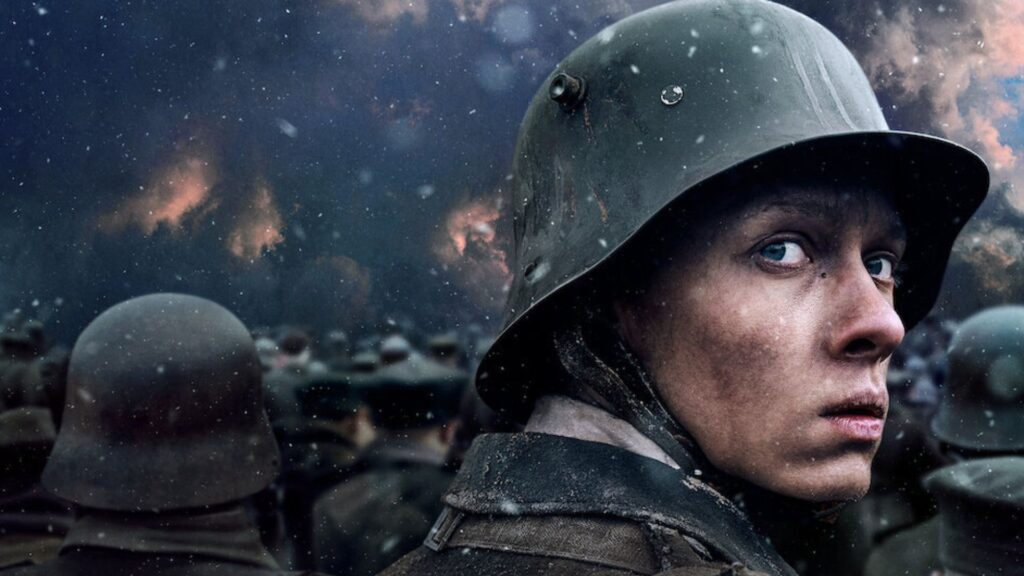All Quiet On The Western Front Continues To Depict The Horror Of War
Originally released in January of 1929, All Quiet On The Western Front is one of the best war novels of all time.
Serving as the magnum opus of the Lost Generation, the novel by Erich Maria Remarque recounts the story of Paul Bäumer, a German soldier fighting in the trenches of the Western Front during World War I.
The book’s narrative inspired three adaptations on the big screen in 1930, 1979 and 2022. The most recent was released on Netflix this past October 28. It earned four Academy Awards last month.
While the films are unique, each stays loyal to the novel’s theme of how glorifying war can cause an impressionable and naive generation to lose their lives and sanity to the horrors of war.
The first adaptation was released in 1930 under the direction of Lewis Milestone, a renowned American film director known for works such as 1927’s Two Arabian Knights and the 1939 Of Mice and Men.
Upon its release, the movie earned acclaim due to its strict adherence to the original plot of the novel. Even today, critics label this version to be the most accurate to the book.
Aside from its accuracy to the novel, the film’s depiction of how the characters vent their desperation toward war while also displaying joyful camaraderie earned the film two Academy Awards for its production and direction.
Released four decades after the publishing of Remarque’s novel, the 1979 adaptation of All Quiet On The Western Front was first released on CBS to target a growing television audience.
The rendition follows the plot of the original movie while also adding more scenes unraveling the life and aspirations of most of the film’s characters.
By delving into how war changes the personal lives of each character, the audience naturally develops an emotional connection that makes it grieve the loss of each of Paul’s comrades.
The 1979 film’s commitment to displaying the emotions of its characters is upheld in the latest film adaptation of All Quiet On The Western Front.
Dedicated to showing the psychological impact of war, the 2022 film shows the strongest change within Paul, who goes from being a lively and outgoing teenager to becoming a stoic shell-shocked carcass of his former self.
The film also has the strongest artistic liberty of the three movies. Aside from featuring a new ending not featured in the original novel, the movie also makes changes in terms of which characters die or survive the war.
Despite the differences in each movie, there is always one scene that is impactful.
During a battle, Paul takes shelter in an artillery crater where he finds a French soldier. Acting out of instinct, Paul stabs him only to later regret the decision as he learns about the soldier’s life while he suffers a slow and agonizing death.
In all three films, the scene depicts the pointlessness of war.
Nearly a century after its release, All Quiet On The Western Front continues to remind us about the futility and brutality of war through its acclaimed novel and three film adaptations.

